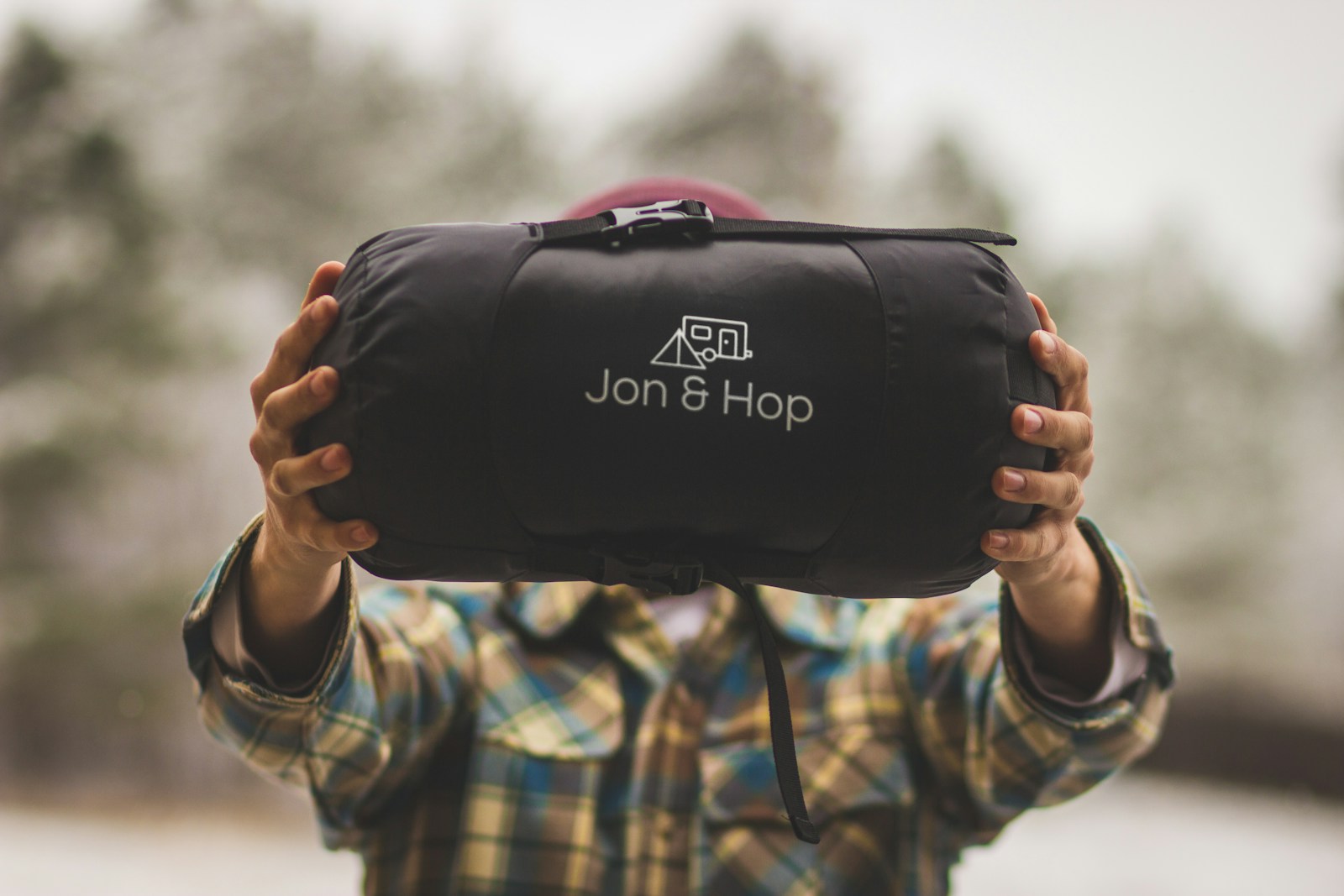Know What To Look For
A sleeping bag is an important purchase and it helps to have some idea of what to look for when you go out to buy one. There are three features that you will have to decide on before you choose the right bag.
Temperature Rating
Sleeping bags are rated by the outside temperature in which they will keep you warm. These bags fall into three categories.
- Lightweight, summer sleeping bags. These are usually rated at between 25 – 40 degrees and are more than adequate for summertime camping.
- Three season bags. These bags are rated around 10 – 20 degrees. They will keep you a bit warmer during a chill October night or a late season snow in the springtime.
- Winter camping bag. These bags are for really cold weather, and should be rated between 0 and -35 degrees.
Before choosing one of the above bags, think about how you sleep at night. Are you on the cold size and sleep with your socks on, even in the summer? You might want to get a bag that is rated for colder temperatures, because it will keep you warmer. On the other hand, if you are always throwing off your covers in the winter, choose a bag that is more suited for summer camping.
Shape
Sleeping bags come in two main shapes: mummy and rectangular. Mummy bags are tapered at the foot end and wider at the shoulders. Because they are more fitted, there is less airspace to heat up. These are good for children and smaller adults.
Rectangular bags are just that–rectangular. They are a better fit for large adults or for someone who thrashes around while they are sleeping.
If you have small children, buy a child’s sleeping bag. I don’t mean the type they take with them on overnight stays with friends, but a real outdoor sleeping bag.
Material
The outer shell is usually made of synthetic materials. When it comes to the interior stuffing, you have two choices, down or synthetic. Synthetic materials such as Hollofil, Lite Loft and others have greatly improved over the last few years. Here are some things to consider.
- Down has more insulating properties and is lighter. However, you still have to determine the quality of down, ie., the relation of feathers to quill. The more feathers you have, the lighter and warmer the bag will be. It will also be more expensive.
- The only problem with down is that if it gets wet, it tends to mat together and takes forever to dry. So if you are camping in a damp area or expect lots of rain, the down bag would not be a good choice for you.
- There have been many advances in the development of synthetic fillers for sleeping bags. They are almost as good as down, but not quite. The one overriding feature is that they dry quickly. Especially, if you are buying for children, this would be the choice for you.
You should transport your bag in a stuff sack. Don’t try to roll it up. Stuffing is easier on the fabric. Don’t leave your bag squished up after your trip. Take it out of the sack and lay it over a padded hanger or put it in a larger bag such as a large pillow case. This allows the loft to expand while it is not being used. It’s also a good idea to open up the bag when you get home and let it air out. Check the inside for dirt, leaves, sand or whatever you may have tracked into it.
Washing tips
After a while your bag may need washing. Always wash it in a front loading washing machine, using warm water and a cool rinse. You may want to scrub any particular dirty areas before putting it in the machine. Use a mild detergent. Be careful when lifting the bag out of the machine. Try to lift it altogether instead of pulling it out. Dry your bag in a commercial dryer. Keep the heat low and add a couple of tennis balls to fluff it up. Never dry clean your bag.
I hope you have a better idea of what to look for when you are buying a sleeping bag. Choose the right bag, care for it well, and it will take care of you for many years to come.
Related posts:

Leave a Reply
You must be logged in to post a comment.